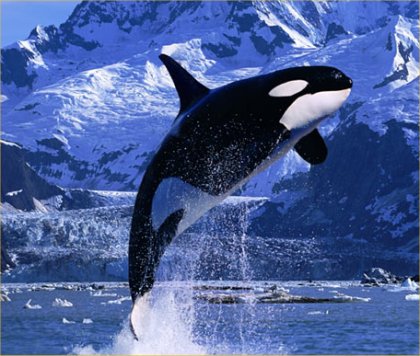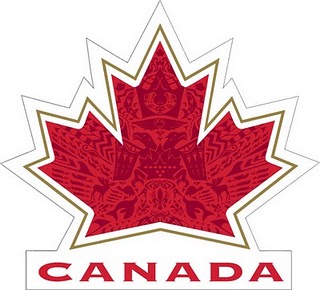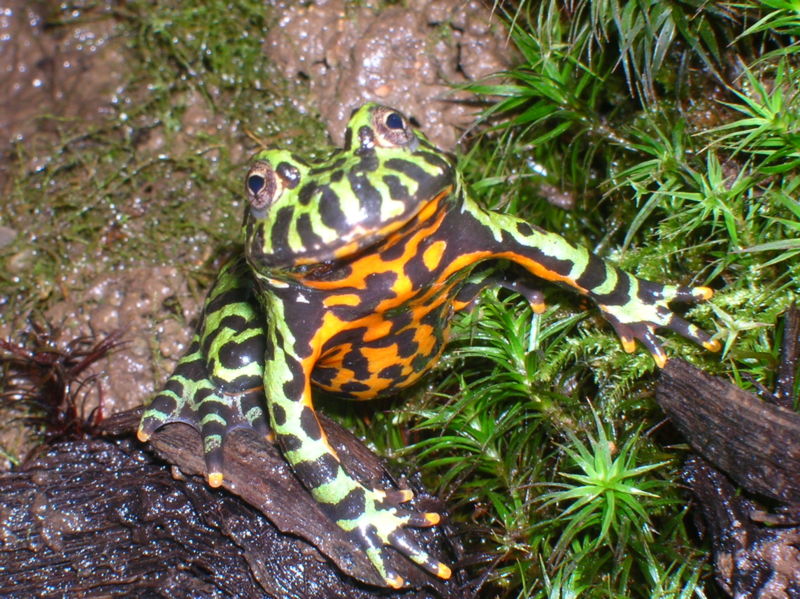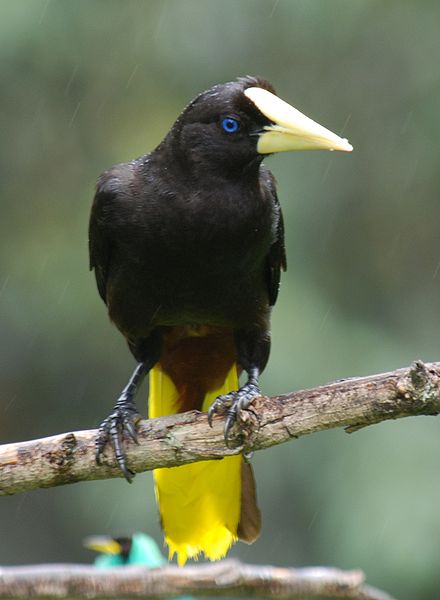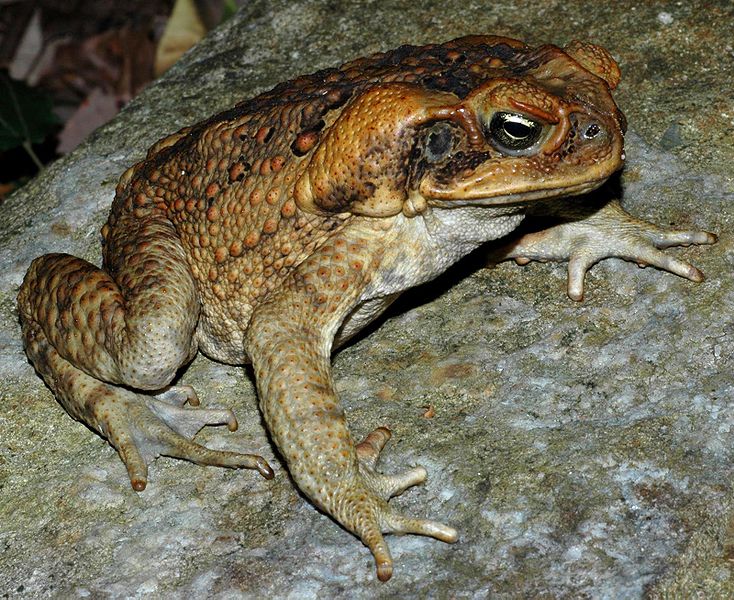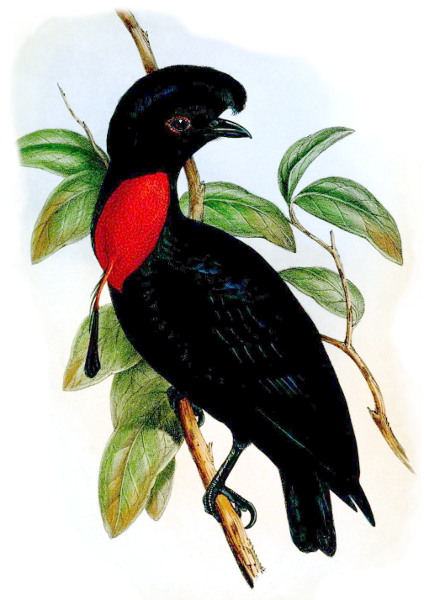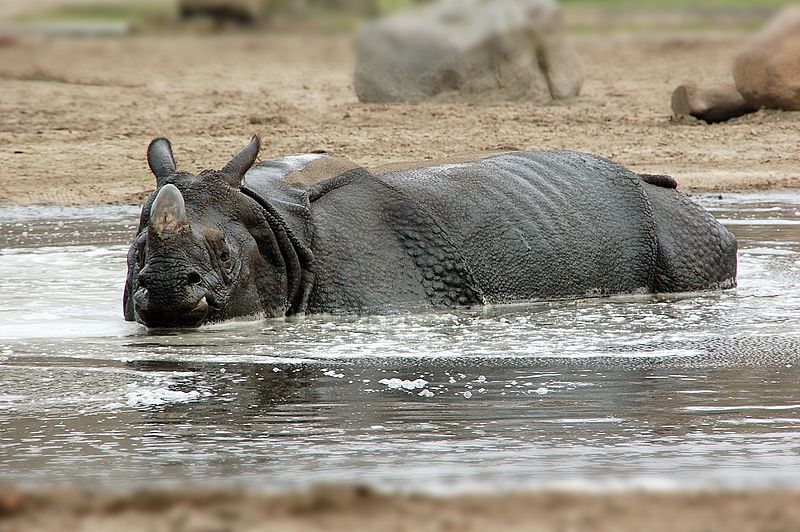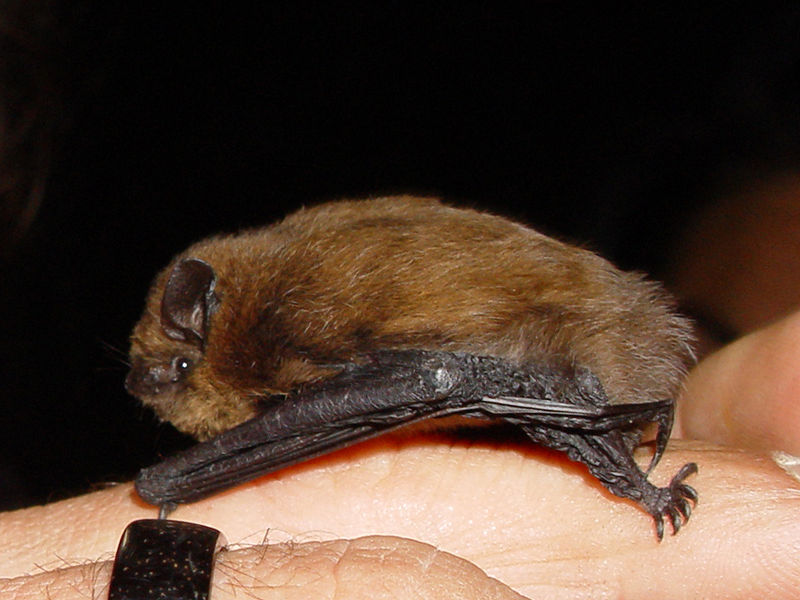Happy Monday Everyone! You all know I am going to start today’s post talking about the Olympics. Currently I am typing this up just after the closing ceremonies. My nerves are still shot from the Canada vs. USA hockey game, which by the way was one of the best games I have ever seen. I wanted to take this opportunity to Congratulate all of the athletes and especially the Canadians for an incredible Olympic Performance! Canada set a Winter Olympic record with 14 Gold Medals and managed to achieve the most medals in Canadian history. Every one who had a hand in the Olympic Winter Games has made me proud to be Canadian. The athletes, volunteers and of course the fans were absolutely spectacular. Now, I don’t know what to do with myself! I really enjoyed watching and cheering on our Canadian men and women. Oh well, I guess I will just have to focus on Wild Facts. Speaking of Wild Facts, I suppose we should get on with today’s fact. That pesky reader from Man Over Board (by the way, I like the new look to your site) mentioned something about not having a Killer Whale post. Since, I never like disappointing my readers, today’s post is of course about the Killer Whale!
The Killer Whale or Orca is the largest member of the Dolphin family. Yeah, I said dolphin! They can be found in all of our oceans ranging from the Arctic and Antarctic to the Caribbean Seas. Now, don’t let the name fool you though, the killer whale isn’t really that vicious. Oh wait, yes they are! Killer whales prey on seals, sea lions and even whales! To make matters worse they travel in families of up to 40 individuals. The hunting strategy of the orca has often been compared to wolves since they both use co-operative hunting techniques. Nothing better than the thought of 40 killer whales working together to catch you. In all honesty, the attack rate on humans is very low so there is no need for you to have nightmares and wet your bed tonight.
Scientists are discovering that there may be 3 to 5 different sub-species or possibly different species of killer whales. For instance, their are resident killer whales which feed primarily on fish species and have the large, complex family structure I discussed above. Then there are the transient killer whales which feed primarily on marine mammals such as seals. The transient orcas have smaller families and don’t rely as heavily on each other as the resident species. Finally, there are the offshore killer whales which may eat both fish and mammals. They will travel in groups of 60 or more, however, little is known about this sub-species but they are genetically different then the other two mentioned above. I never knew that the killer whales taxonomy was so complicated.
Well, I guess that is just about enough from me today! I will carry on with my Team Canada Celebrations now! Have a good day everyone!

